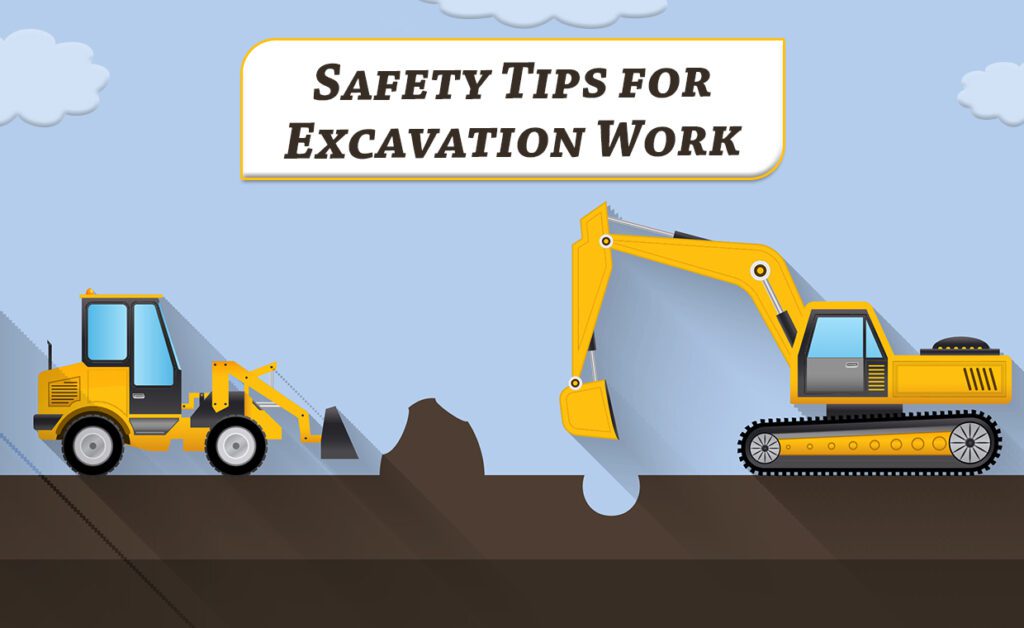Limited access excavation presents a unique set of challenges that demand careful planning and execution. Whether it’s working in a tightly confined urban setting or navigating through a narrow pathway, mastering the art of limited access excavation is essential for any successful construction project. Here, we delve into the core principles and essential tips that can help ensure a seamless and efficient excavation process within restricted spaces.
Thorough Site Assessment:
Before commencing any excavation work, conduct a comprehensive assessment of the site. Identify potential obstacles such as overhead power lines, trees, or nearby structures that may pose challenges during the excavation process. Additionally, evaluate the soil conditions to determine the most suitable excavation techniques and equipment needed for the job.
Precise Machinery Selection:
Selecting the right machinery is critical in limited access excavation. Opt for compact yet robust equipment that can navigate through tight spaces without compromising on power and efficiency. Mini excavators, skid steers, or compact loaders equipped with specialized attachments can be ideal choices for maneuvering through confined areas.
Strategic Material Disposal:
Establish a well-thought-out plan for the removal and disposal of excavated materials. Given the limited space, it’s essential to organize a systematic approach for the transportation and disposal of soil and debris. Consider utilizing conveyor belts, buckets, or mini dumpers to efficiently transport materials away from the excavation site, minimizing potential disruptions during the process.
Effective Communication:
Clear and constant communication among the entire team is paramount. Establish a streamlined communication system to ensure that every team member is aware of their roles and responsibilities. Effective communication helps in coordinating movements, streamlining workflow, and promptly addressing any issues or concerns that may arise during the excavation process.
Safety Measures:
Prioritize safety at every stage of the excavation process. Implement stringent safety protocols and ensure that all team members are well-versed in safety guidelines and equipped with the necessary protective gear. Conduct regular safety briefings to reinforce the importance of adhering to safety measures, reducing the risk of accidents and injuries on the job site.
Expert Operator Skills:
Skilled operators play a crucial role in the success of limited access excavation. Employ experienced professionals who are adept at handling machinery in confined spaces. Their expertise in maneuvering equipment precisely and efficiently can significantly contribute to the smooth execution of the excavation process while ensuring minimal disturbance to surrounding structures.
Adaptive Techniques:
Adaptability is key when working in limited access sites. Implement specialized excavation techniques that are tailored to the unique demands of the project. Explore innovative methods such as telescopic booms, articulated arms, or zero tail swing excavators that can provide increased flexibility and maneuverability in restricted spaces, enabling a more precise and controlled excavation process.
Strategic Project Sequencing:
Plan the excavation process in a systematic sequence to optimize efficiency. Break down the project into manageable stages, starting from the most challenging areas to the more accessible regions. By prioritizing strategic project sequencing, you can streamline the workflow and minimize potential disturbances to the surrounding environment, ensuring a smoother and more organized excavation process.
Regular Maintenance:
Regular maintenance of machinery is crucial to sustain optimal performance throughout the excavation process. Conduct routine checks and servicing of equipment to identify any potential issues or mechanical concerns that may affect the operation. Timely maintenance not only enhances the lifespan of the machinery but also minimizes the risk of unexpected breakdowns, ensuring uninterrupted progress on the excavation site.
Post-Excavation Site Restoration:
Once the excavation is complete, prioritize post-excavation site restoration to restore the area to its original condition. Clear any debris or leftover materials, fill in any excavated areas, and restore the landscape to its natural state. Implementing site restoration measures not only demonstrates environmental responsibility but also prepares the site for subsequent construction phases, facilitating a seamless transition to the next stage of the project.
Mastering these essential tips and incorporating them into your limited access excavation process can significantly enhance the overall efficiency and success of your construction project. By prioritizing thorough planning, effective communication, and precise execution, you can navigate through the challenges of limited access excavation with confidence, ensuring a seamless and successful construction endeavor within confined spaces.





